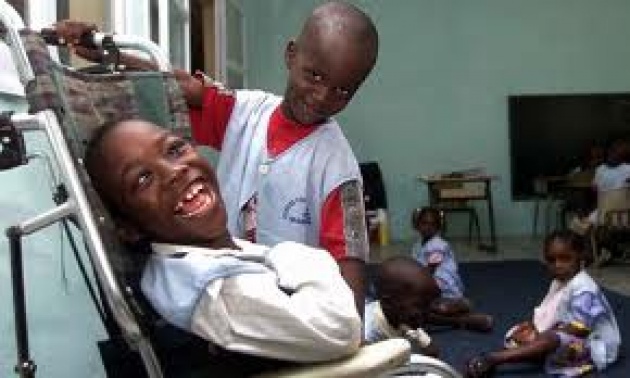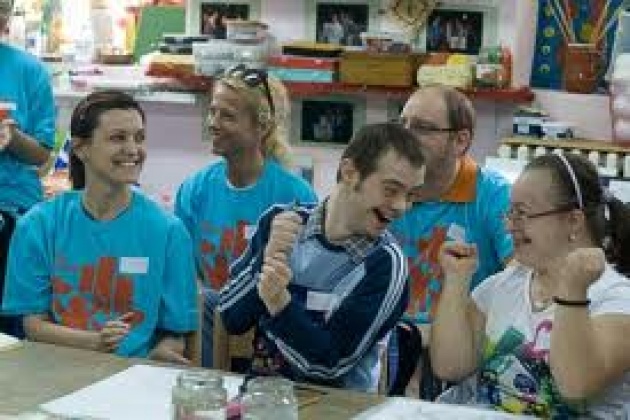

Children with mental illness or intellectual impairment are most vulnerable, but all children with disabilities are 4 times more likely to experience violence than those without disabilities. The risk of mentally/intellectually impaired to sexual violence is 4.6 times more likely. This Report was outcome of work sponsored by the UN's World Health Organization and published in the medical journal “The Lancet.”
Other Quick Facts- Children with Disabilities:
--- 3.7 times more likely than those without disabilities to be victims of any sort of violence;
--- 3.6 times more likely to be victims of physical violence; and
--- 2.9 times more likely to be victims of sexual violence.

Stigmatization as Risk Factor Adding to Violence/Abuse:
“The results of this review prove that children with disabilities are disproportionately vulnerable to violence, and their needs have been neglected for far too long,” noted the Director of WHO’s Department of Violence and Injury Prevention and Disability, Etienne Krug. “We know that specific strategies exist to prevent violence and mitigate its consequences. We now need to determine if these also work for children with disabilities. An agenda needs to be set for action." Some of the factors which place children with disabilities at higher risk of violence include stigma, discrimination, and ignorance about disability, as well as a lack of social support for those who care for them. Placing children with disabilities in institutions also increases their vulnerability to violence.
Reflects Mostly Developed, Higher-Income Countries:
The Report covered 17 studies and reflects data from 18,374 children with disabilities from high-income countries – Finland, France, Israel, Spain, Sweden, the United Kingdom, and the United States – underscoring the urgent need for high-quality research in low-income and middle-income countries. “The impact of a child’s disability on their quality of life is very much dependent on the way other individuals treat them,” stressed Mark Bellis, Director of the Centre for Public Health at Liverpool John Moores University, a WHO Collaborating Centre for Violence Prevention, and lead researcher on the review. "It is the duty of government and civil society to ensure that such victimization is exposed and prevented."
Preventive/Remedial Measures:

The UN Convention on the Rights of Persons with Disabilities, which seeks to ensure that persons with disabilities enjoy the same human rights as everyone else, stipulates that children with disabilities should be protected against all forms of discrimination, and that they should have access to education, health services and protection from violence. Some programs including nurse home visiting for children at risk of violence and training to improve parenting skills have been shown to work to prevent violence against non-disabled children. These and other measures outlined in WHO’s “Preventing child maltreatment and Violence prevention: the evidence” should be implemented for children with disabilities, and their effectiveness evaluated, stated the news release.
By, Susan Sacirbey
Become a Facebook Friend: “Susan Sacirbey” & “Diplomatically Incorrect”
Follow us on TWITTER @DiplomaticallyX
For more, see our popular video blogs:
“Mia’s Story” (Lebanon) diplomaticallyincorrect.org/movie/mias-story-lebanon/27337 and
“Psychiatric Institution - Moldova” diplomaticallyincorrect.org/movie/psychiatric-instititutionmoldova/29067
See more at our current news event articles: diplomaticallyincorrect.org/c/humanitarian and diplomaticallyincorrect.org/c/diplomatically-incorrect



